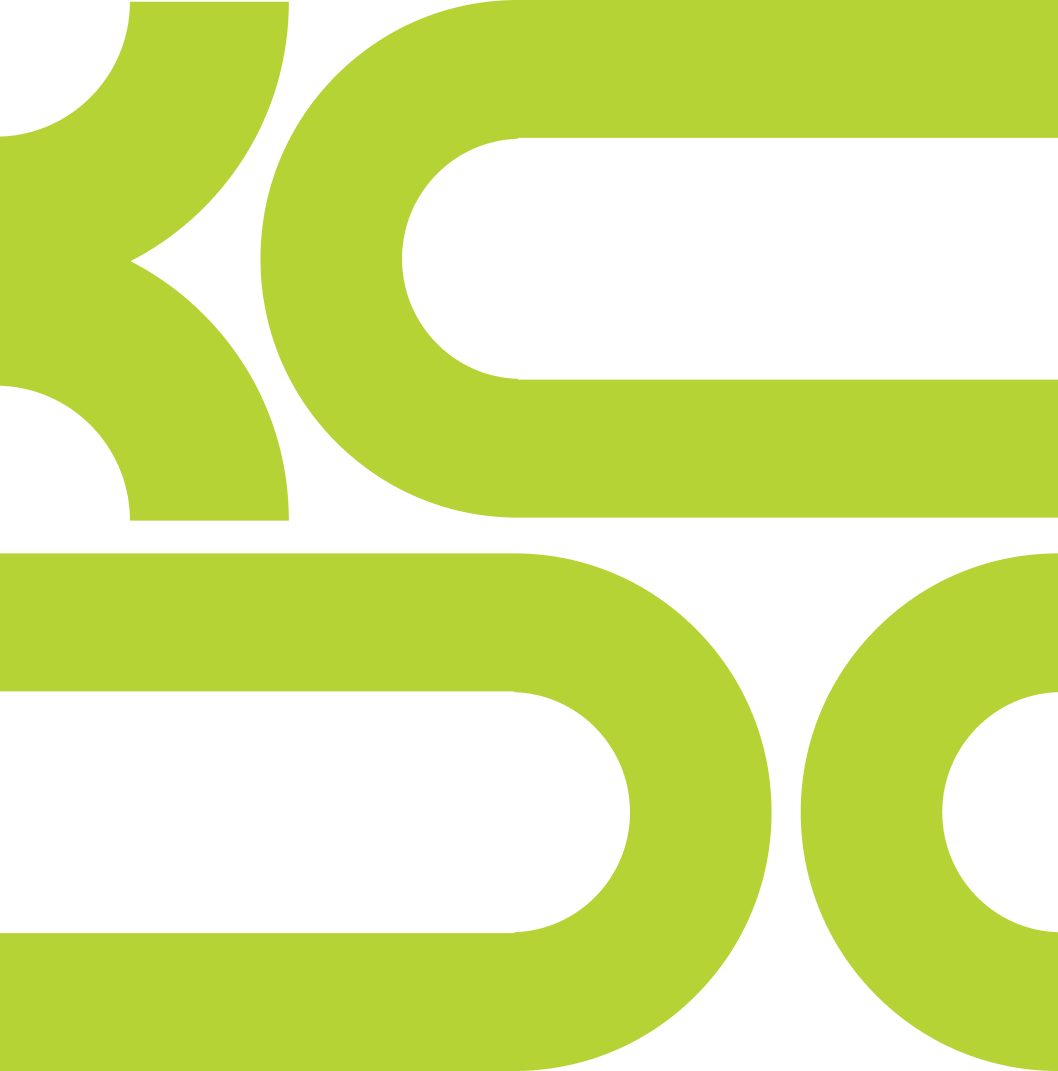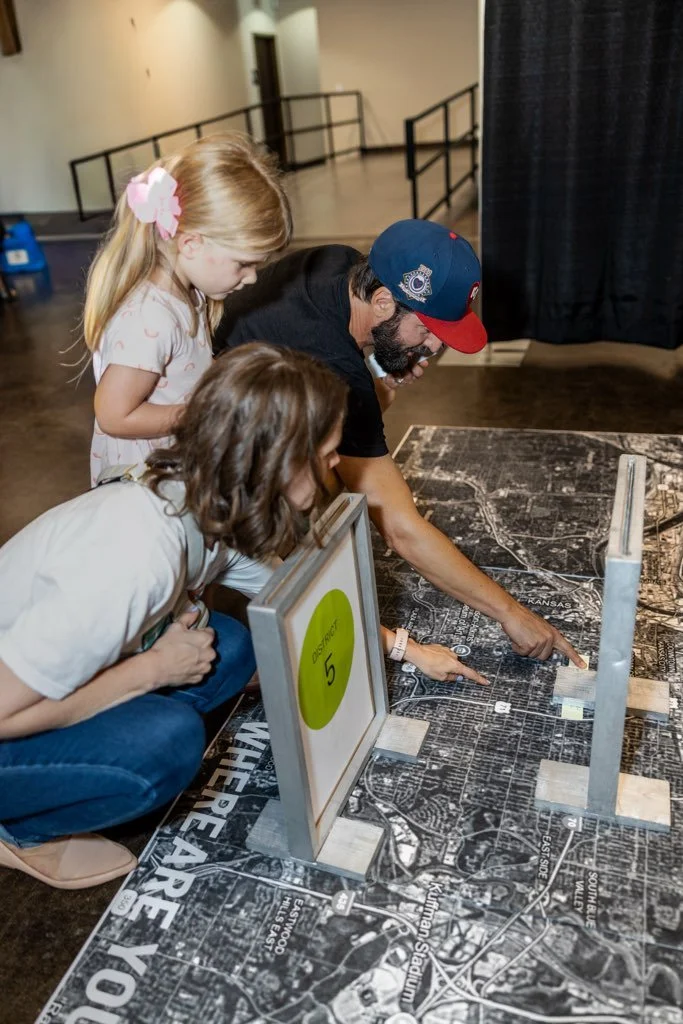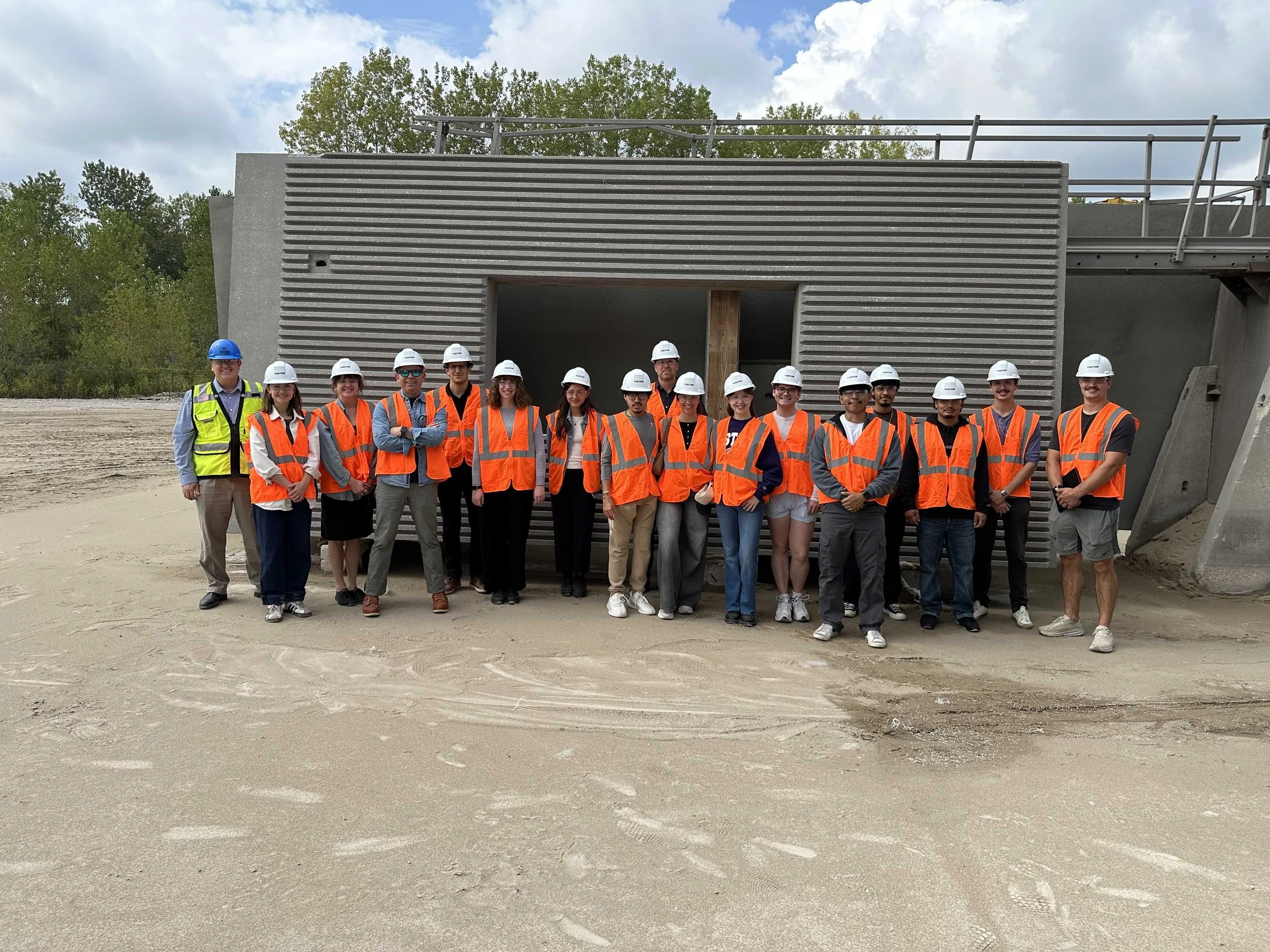This past week, the Kansas City Design Center collaborated with Community Capital Fund to create an interactive map for the annual Community Development Workshop. The map showcased neighborhood investment projects across Kansas City, helping participants explore local efforts to strengthen community resilience. KCDC students also helped steward the event, welcoming guests, guiding them through the map, and sparking conversations about how design can support equitable development throughout the city.
This Monday, KCDC students presented their mid-semester reviews at Dimensional Innovations (DI), engaging a dynamic audience that included Dunbar community leaders, representatives from the Kansas City nonprofit More2, and fellow design professionals. The event offered students the opportunity to showcase their evolving concepts and receive insightful, constructive feedback from a range of perspectives. The energy in the room was palpable, and we’re eager to see how these ideas continue to develop. Below is a sneak peek at a few projects featuring compelling visuals and innovative design approaches.
During studio, students engaged in a post-presentation debrief to reflect on their core concept statements, analyze feedback, and gain clarity on their final design direction. The session emphasized the integration of architecture and industrial design, encouraging cross-disciplinary dialogue. By sharing insights and perspectives, students were able to enrich each other's projects with diverse approaches and collaborative thinking.
We concluded the week on a high note by hosting a public event with professional networking and a design lecture. We saw a lot of people from all over from Kansas State educators to industry professionals. Guest speaker Andreas Bell, Managing Director of Team Studios in Chicago, shared insights from his experience as a creative director.















